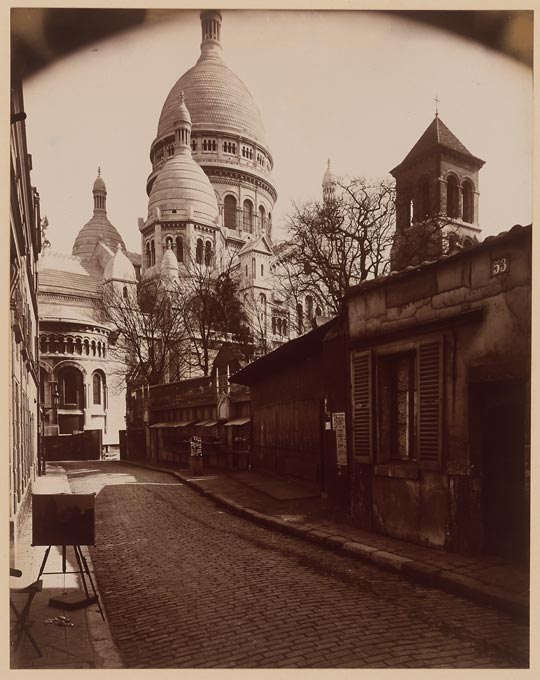This autumn at the Getty Center, an impressive recent acquisition is on display: Eugène Atget: Highlights from the Mary & Dan Solomon Collection. Below, The Classic takes a peek at the exhibition, and some of the images from the Solomon Collection now on display. The exhibition runs through 5 November 2023, with a link at the bottom for further details on the Getty’s website.
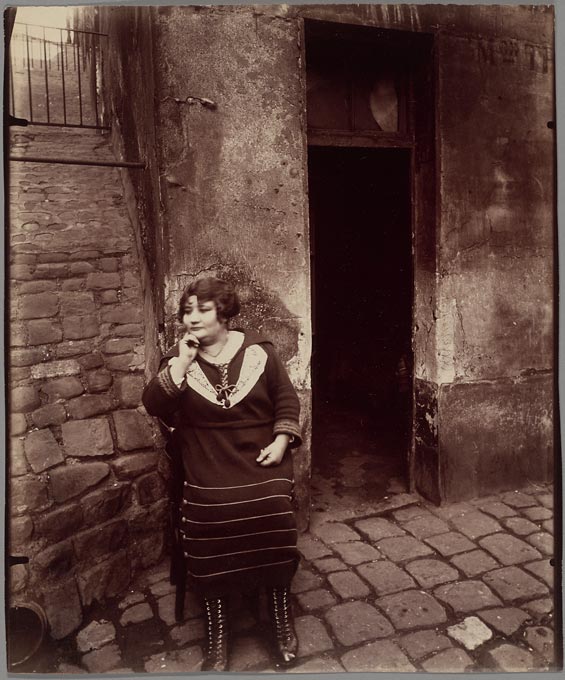
Last year, the Getty Museum acquired the private collection of 209 Atget photographs assembled over the course of 25 years by Mary and Dan Solomon. Recognising the artist’s pivotal role in photographic history – the linking of the technology and traditions of the nineteenth century with the modernist movements of the twentieth century – they sought to represent all of his major series and subjects.
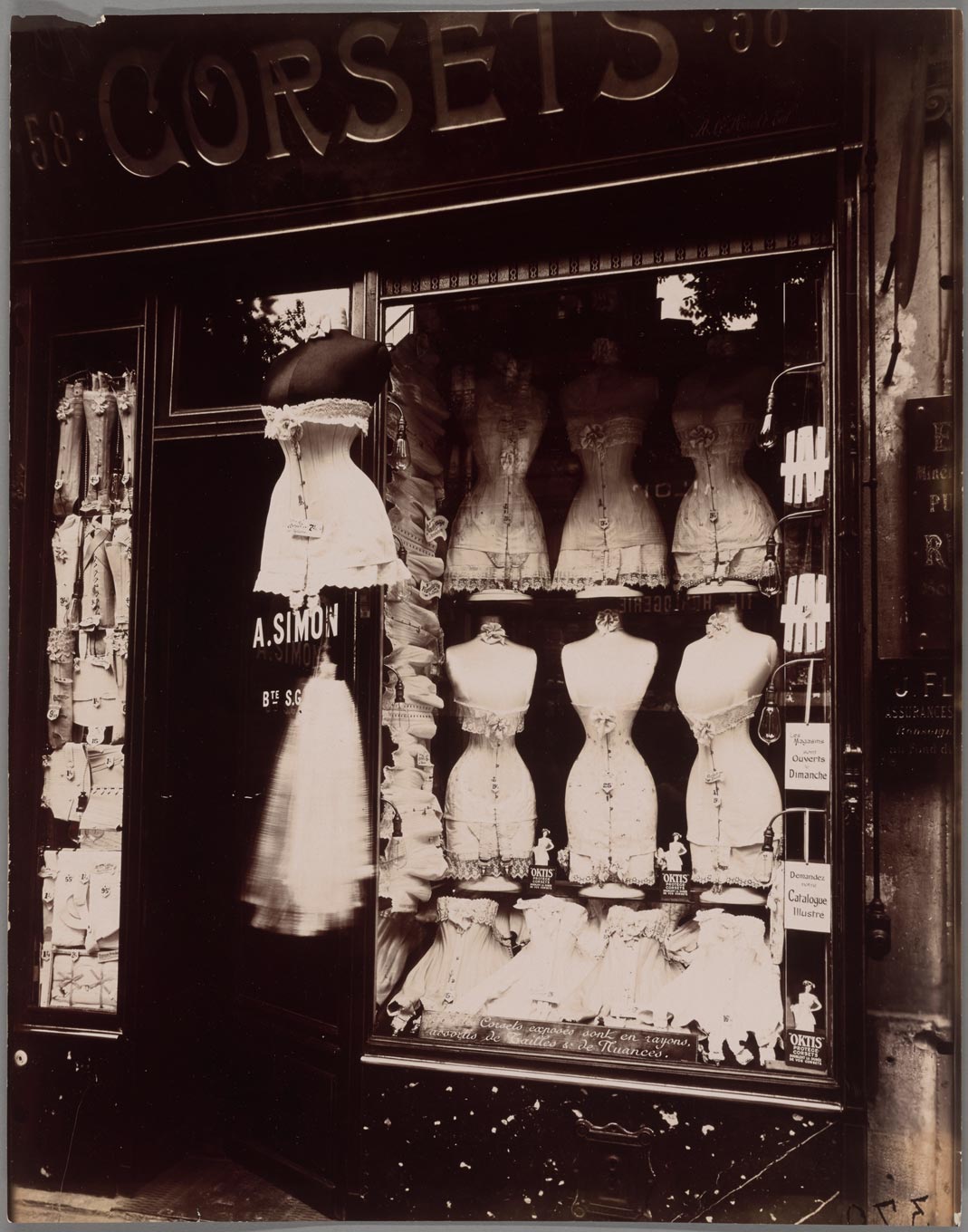
Atget is a notoriously difficult artist to collect, for despite the large number of his prints that appear on the art market, only a very small percentage have survived in a pristine state, and competition is always fierce. The Solomons studied Atget’s work closely so they could identify the best possible prints in terms of condition and subject, all with the goal of forming a museum quality collection.
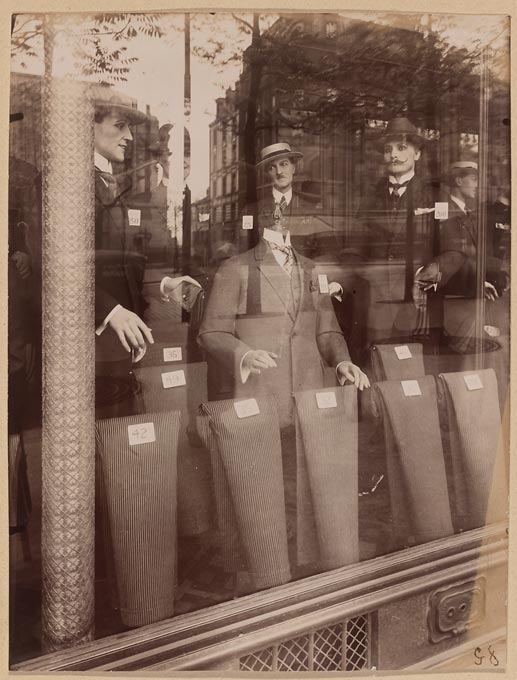
The exhibition includes a variety of images from the Solomon Collection, with subjects ranging from street merchants to statuary, window reflections, interiors, and encampments on the city’s outskirts. Atget occupies a central position in the history of photography as a strikingly original figure whose career bridged the 19th and 20th centuries and whose influence on the medium continues to this day. He made more than 10,000 photographs, all with a boxy wooden camera that held 5 x 7-inch glass negatives. He worked methodically and alone and developed and printed his own negatives. In his obsessive visual documentation of Paris and its environs, he avoided predictable tourist sites and sweeping vistas, instead capturing the soul of the city by focusing on its medieval alleyways, picturesque shop fronts, architectural details, utilitarian vehicles, and parks and trees. Although Atget downplayed his own artistry, his late work moved away from straightforward documentation toward poetic meditations on light and atmosphere.
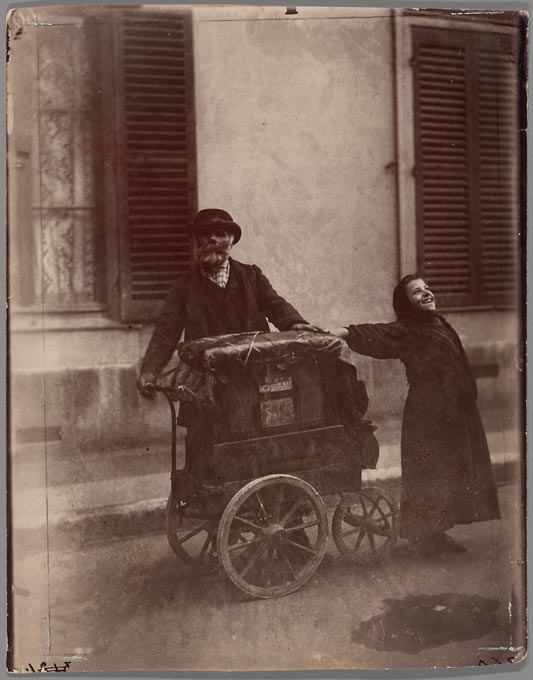
“With Atget as our guide,” says Jim Ganz, the Getty Museum’s senior curator of photographs, “the sprawling cacophony of visual noise and activity that characterized the French capital is organized into a series of silent still images. In capturing often-overlooked buildings and monuments, and aspects of the city that might otherwise recede into the background, his photographs convey the essence of what Paris is, or was.”
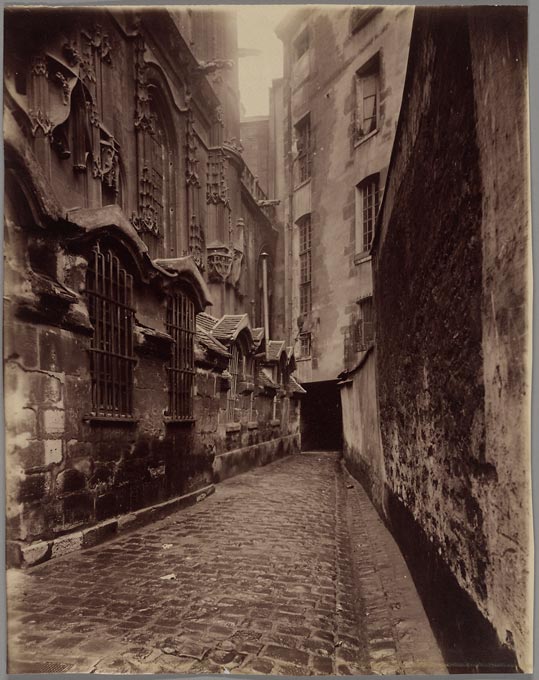
Texts Excerpted from: Eugène Atget: Highlights from the Mary & Dan Solomon Collection, published online in 2023, J. Paul Getty Museum, Los Angeles:
Eugène Atget: Highlights from the Mary & Dan Solomon Collection (getty.edu)
